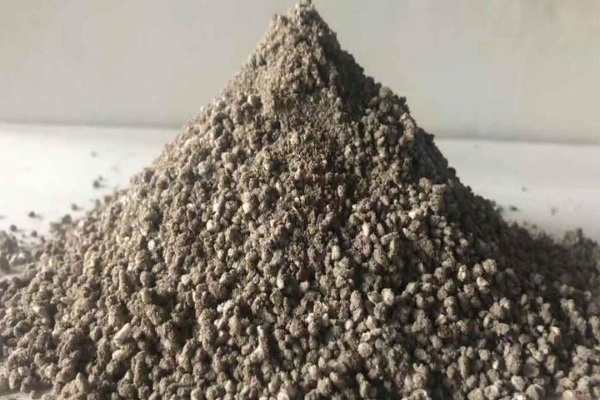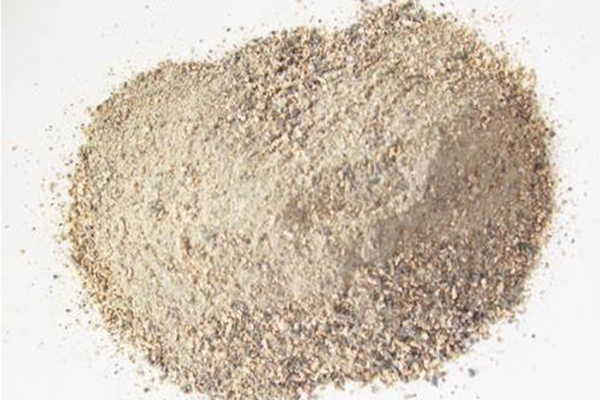The construction method of heat-insulating refractory castables differs from that of heavy castables, y los métodos de construcción de diferentes tipos de castibles también son diferentes. Los moldes de aislamiento livianos de uso común incluyen moldes de perlite expandidos, castibles de vermiculita, moldes de ceramsite, y colgadores de bola hueca de alúmina.

Expanded perlite castable construction method
Before the construction of expanded perlite castables, mix the specified amount of aggregate and adhesive evenly, add water or solution, and stir evenly. En general, add water and then stir for 2-3 minutos. Mixed pouring materials should be of the same color and preferably not clump together. Durante la construcción, the vibrator is not used for vibration, but manual vibration is used. Now use bamboo or wood chips to insert vibrations back and forth, and then tap lightly with a wooden board. After the pouring material is poured, its surface should be plastered twice to prevent cracks from shrinking.
Expanded vermiculite castable
- Add water to the adhesive to make a slurry, then add dry expanded vermiculite to the slurry and stir thoroughly.
- Soak the expanded vermiculite until it is saturated, mix with the adhesive, and stir evenly.
- Durante el proceso de construcción, the vibration of the expanded vermiculite castable can be beaten with a thick plate until the surface is smooth and smooth. The compression rate is 25~35%.
Ceramsite castable
The ceramsite should be fully soaked in water 12 hours before construction of ceramsite castables, then dried until no water drips, and then added to the forced mixer for stirring. Durante el proceso de construcción, mixed ceramsite pouring materials should be vibrated with a flat vibrator (vibrating rods cannot be used) to prevent heavy aggregates from separating due to floating ceramsite.
Alúmina hueco de bola fundible

The mixing method of alumina hollow ball castables is the same as that of other insulating refractory castables. The temperature of the water used for single stirring should be controlled below 25°C at room temperature. Durante el proceso de construcción, the artificial vibration method should be used to pour the alumina hollow ball castables. When using a vibrator, it should be vibrated slightly and the vibration time should not be too long.
 Grupo Rongsheng
Grupo Rongsheng

WeChat
Escanea el código QR con wechat